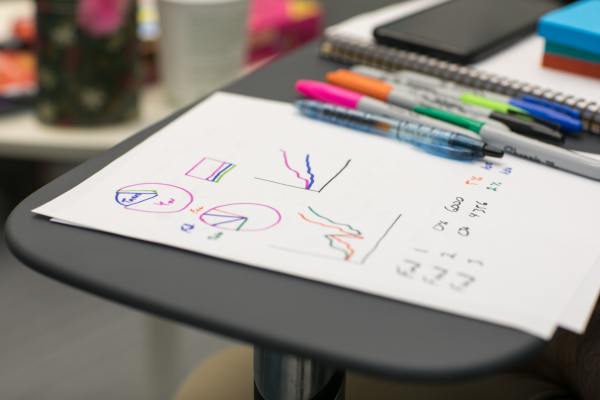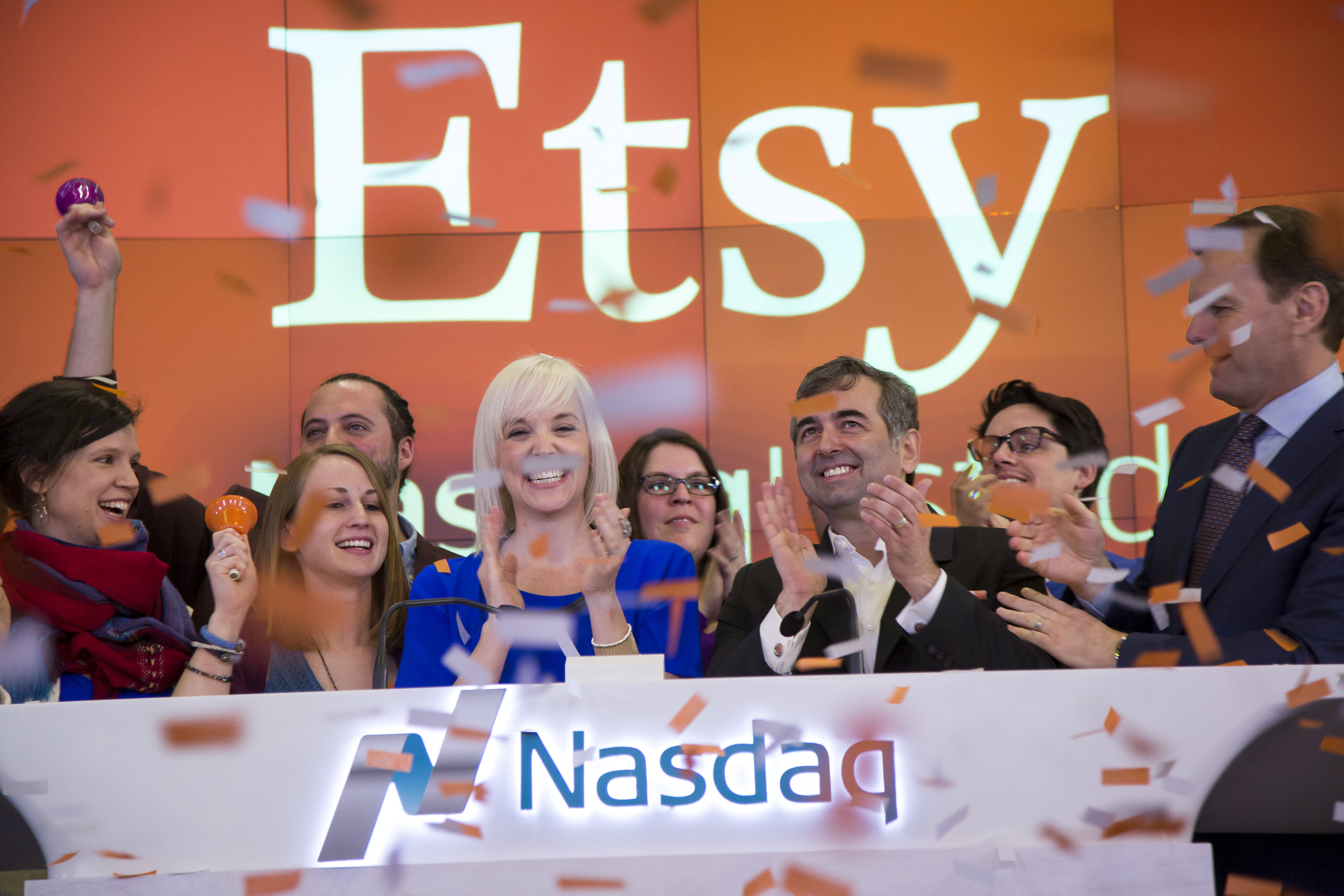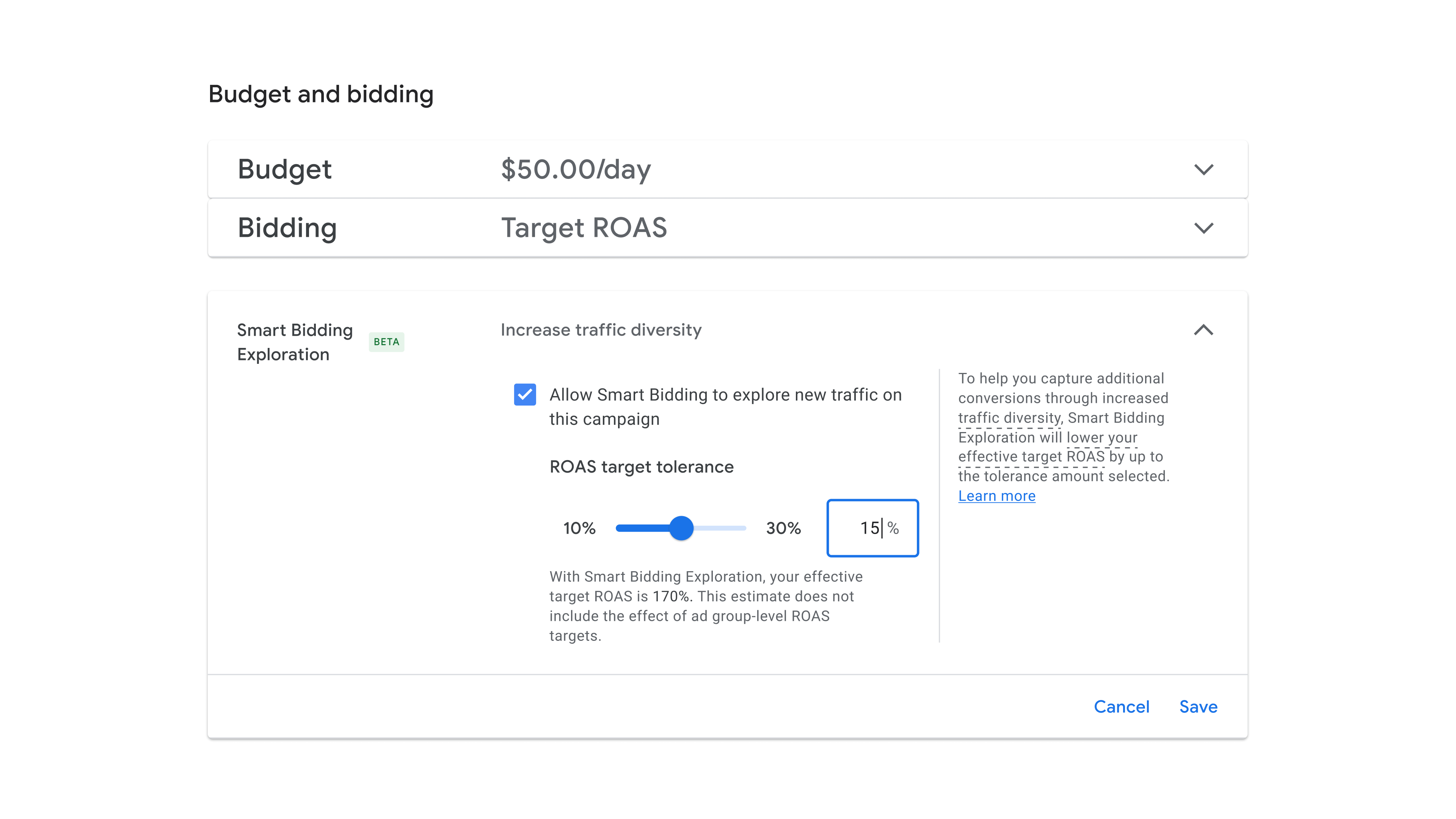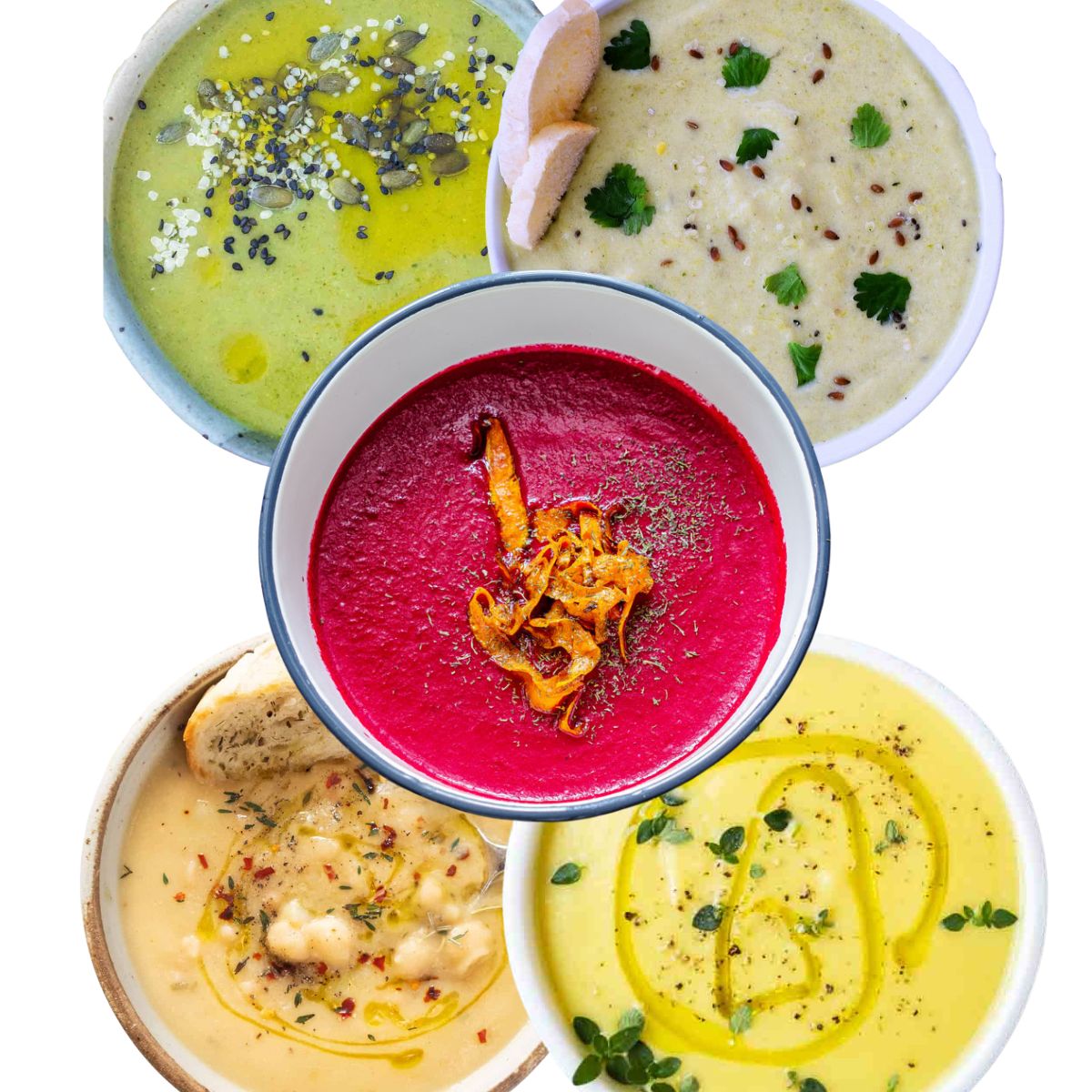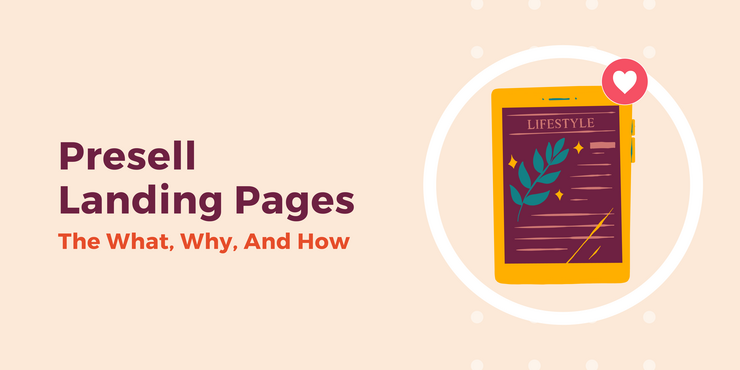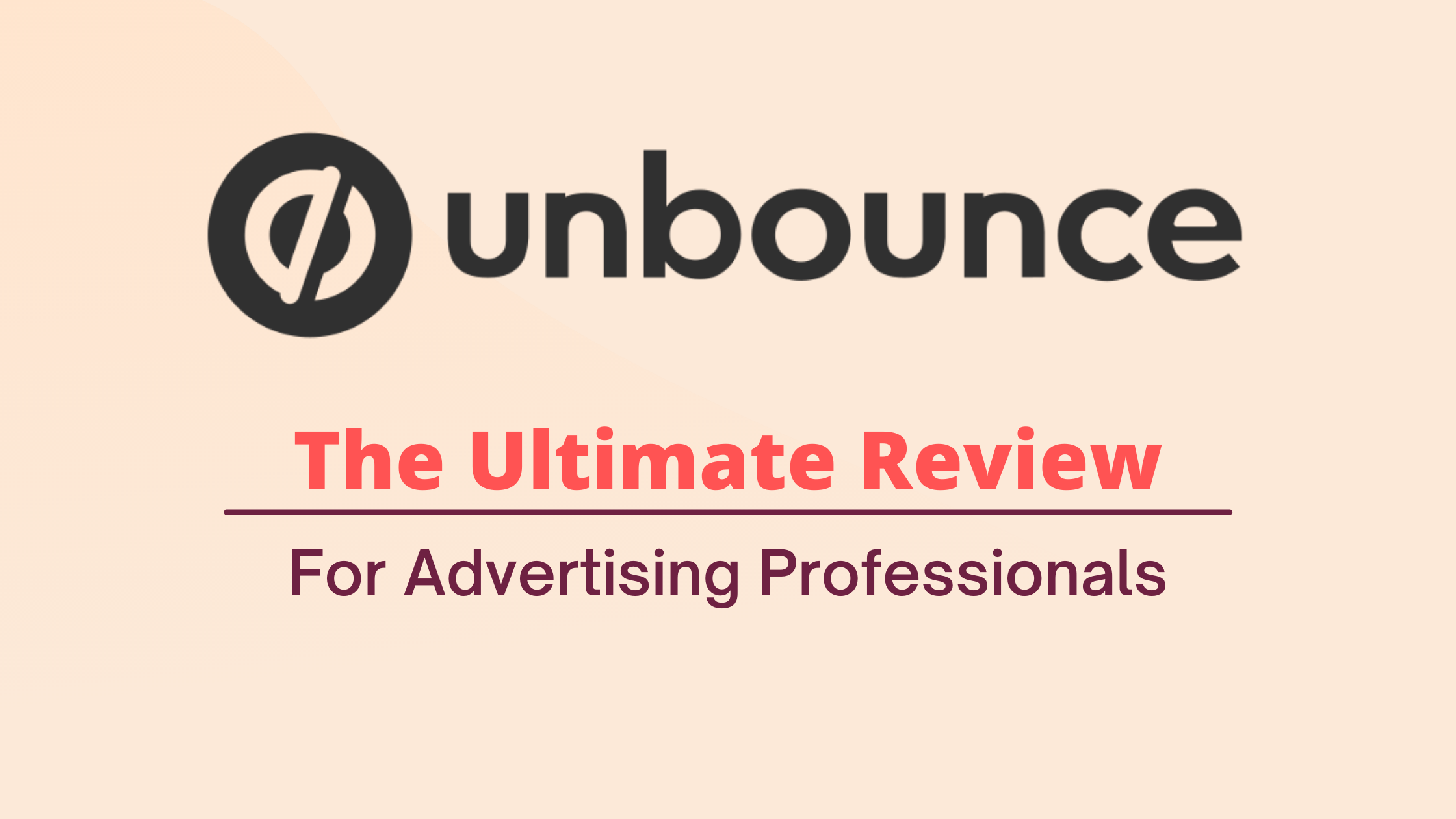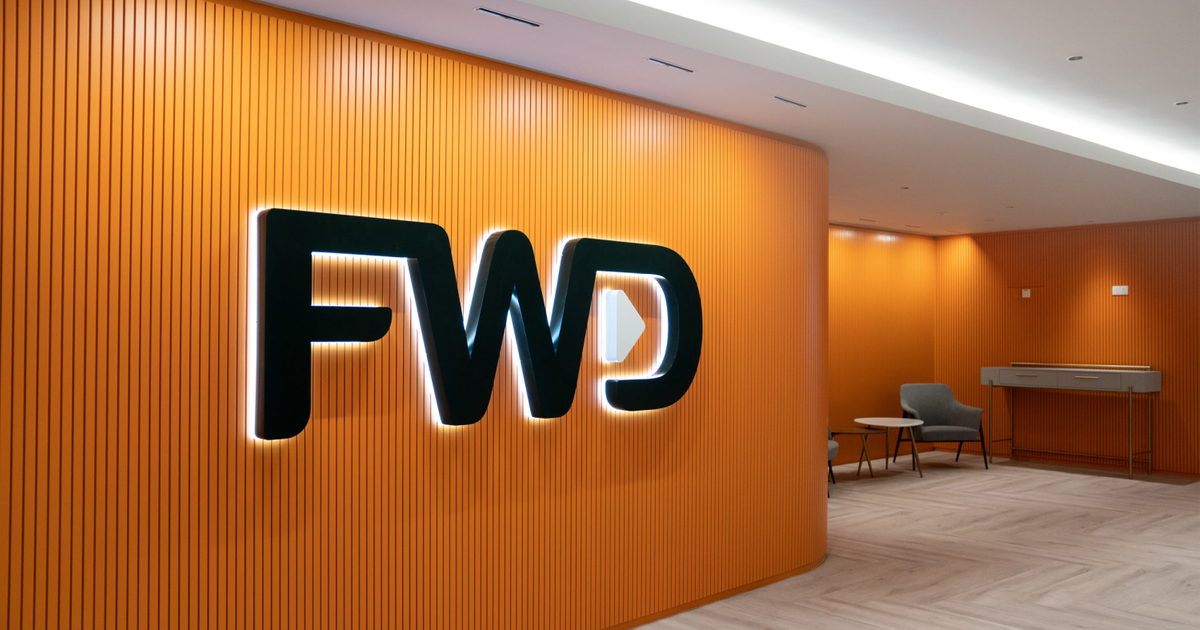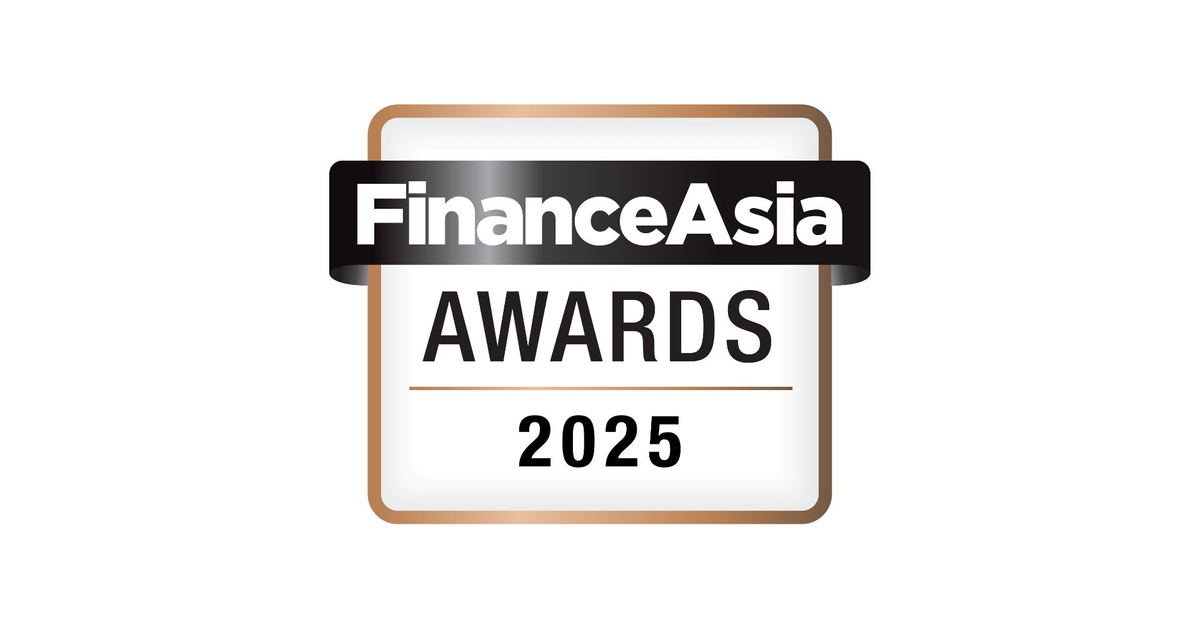Daybridge thinks it’s time we reimagined digital calendars
Daybridge is trying to be a smarter, more thoughtful take on time management. | Image: DaybridgeHypothetical question: would you send your date a calendar invite? You’ve been out, let’s say, twice, and you’re going to meet for dinner on...

Hypothetical question: would you send your date a calendar invite? You’ve been out, let’s say, twice, and you’re going to meet for dinner on Friday at 7:30PM. You’d text them that info — you might even tell them over the phone — but would you send them a calendar invite? Or, I’ll do you one better: if you haven’t picked a time yet, would you send them your Calendly link to find a time to meet? Kieran McHugh, the CEO of a new calendar app company called Daybridge, thinks it’s a “no” across the board. But he’d like to change that.
Daybridge is launching officially today after almost two years of development. What McHugh and his team have built so far is… well, it’s a calendar app. It connects to Google Calendar (no Outlook yet, but that’s coming), you can move events around — you get the idea. It’s a nice-looking calendar app, certainly, but a calendar app nonetheless. McHugh estimates the team has spent 80 percent of its time so far just building basic calendar plumbing, but the Daybridge team has lots of big ideas about calendars and time management that they want to work on next.
The big ideas, when Daybridge gets around to building them, are far more exciting. What Daybridge plans to eventually build is a calendar that understands that not all events are created equal — and that managing your time is not just about plugging things into identical-looking 60-minute blocks. In an early mock-up of the app that McHugh shared more than a year ago, a running event automatically pulled in stats from Strava, turning it into an exercise journal. The calendar looked more like a Trello-style kanban board of time than a grid of hours. Every event had a different icon — a plane for an upcoming flight, scissors for a haircut, a martini glass for after-work drinks — to make clear what’s happening and when at a glance. That mock-up, says Daybridge product manager Jami Welch, got a lot of people excited, including him. “It’s just like, ‘Here are just the plans each day, get things at a glance.’ And you’re not trying to have time be this giant void with little things floating in.”
:no_upscale()/cdn.vox-cdn.com/uploads/chorus_asset/file/23909956/Daybridge_TC.jpg) One of the earliest Daybridge mock-ups, with integrations galore.Image: Daybridge
One of the earliest Daybridge mock-ups, with integrations galore.Image: Daybridge
But before Daybridge could get to any of that, it had to build a calendar that worked. “You need lots of these links to be in place before the sum can be greater than the parts,” Welch says. Even now, McHugh adds, “It’s not feature complete, and we don’t have exact feature parity… but we’re at a point where we’re ready to start rolling this out and getting feedback.”
Daybridge’s other theory is that lots of things happen at specific times, but traditional calendar events are rarely the best way to represent them. “It could just be you saying, ‘I’m expecting a delivery between these hours,’” Welch says, “and you don’t need a giant rectangle that competes with all your meetings. There’s a lighter awareness — we think there’s something there.” Beta testers have asked for a medication tracker in Daybridge, he says, and the company’s trying to find a way to do it that doesn’t feel like a task list or calendar event. “I just know, at some point within these five hours of the day, I need to do X. And then once I’ve done it, get it out of my mind.” That feels more human and useful to Daybridge than a half-hour block that says “MEDICATION.”
:no_upscale()/cdn.vox-cdn.com/uploads/chorus_asset/file/23909765/iOS_01.png) Categorizing your events helps Daybridge figure out how you spend your time.Image: Daybridge
Categorizing your events helps Daybridge figure out how you spend your time.Image: Daybridge
On the flip side, Daybridge also hopes to be a record of your life as much as a plan for it. The team is building lots of automatic categorization tools, both so you can see at a glance what’s work and what’s after-work drinks but also so you can get useful data on how exactly you’re spending your time. (This is something Google and others are working on, too.) And that data teaches the calendar, too: if it happens to notice you get a haircut every six weeks at the same place or plugs into Amazon’s tracking API to know exactly when your package is going to show up, it could start to automatically build your schedule for you.
But ultimately, the biggest thing Daybridge wants to do is make the calendar more social. More than once in our conversations, McHugh tells me he doesn’t think of Daybridge as a productivity tool but more like a social network. “We’re not trying to help you get more work done,” he says. “I would say, it’s more to help people feel in control of their time, and if your friends and family and colleagues or whatever use Daybridge, it should be very easy to find time together.”
At work, calendars are a relatively solved problem — it’s not weird to get a calendar invite from your colleague, nor is it intrusive to send them one. But would you drop a calendar invite for golf this weekend to your whole foursome? Daybridge is spending a lot of time exploring how shared calendars work in the hopes that “you can add people to it as lightly as starting a group chat in WhatsApp,” Welch says. He imagines a world in which you might plan a trip with friends in a collaborative calendar — not a Google spreadsheet. The team is also working on public event pages so you can create an event, get RSVPs, and add things to people’s calendars without needing to create a Facebook event.
:no_upscale()/cdn.vox-cdn.com/uploads/chorus_asset/file/23909766/Illustration_01___Event_Page.png) One thing Daybridge wants to rethink is how event invites and pages work.Image: Daybridge
One thing Daybridge wants to rethink is how event invites and pages work.Image: Daybridge
Back to reality for a second: hardly any of this exists in the Daybridge that’s launching now. What Daybridge is, right now, is a nice-looking web app that lets you manage your Google Calendar and a super simple mobile app. The app is early and basic enough that it only recently started allowing you to edit your Google Calendar events rather than just viewing them. There are plenty of bugs and oddities in the app, and I’m not sure I’d recommend anyone use it as their primary time management tool. Right now, Daybridge is just a calendar app, and there are better ones out there.
Still, even in these early stages, the app offers a few glimpses of what McHugh has been working on all this time. There are three modes in the calendar: Plan, which shows your time in a normal grid so you can put stuff on it and move it around; Focus, which jumps straight to today’s calendar and removes everything else; and Relax, which hides all of your work events and shows you only the stuff that’s happening in your actual life in the next three days. Even in the normal Plan view, you can click a button and immediately hide all of your work events or click another and compress the view back into something like a kanban board.
Building a social network on top of a calendar makes a lot of sense, and apps like IRL have found some success doing it. But Daybridge is trying to do an awful lot in a single app, from helping you schedule your time and make the most of it to helping you stay aware of all the time-sensitive things happening around you. It’s also going to have to convince a lot of people to ultimately pay for another calendar app and — maybe most important — start to rewrite some of our shared norms and unofficial rules about how calendars work and how we use them. Getting you to send your date a calendar invite is a big hurdle to clear.
But it’s like all those inspirational posters say: you don’t manage your time; you manage your life. And we could all use a little help on that front.

 Tekef
Tekef 










